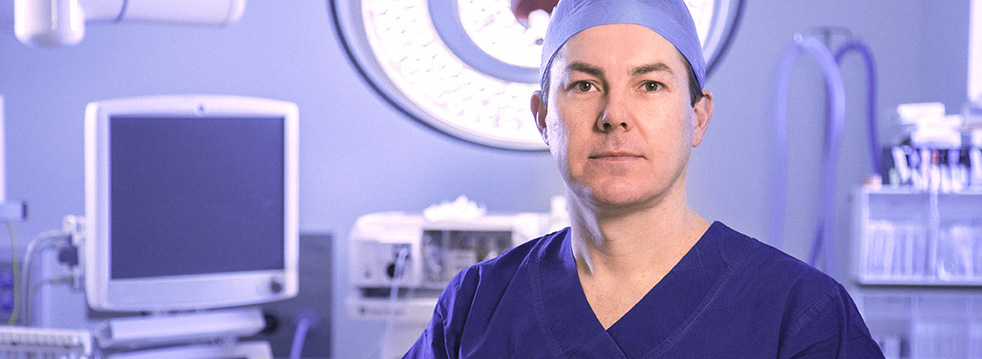What is the rectum?
The rectum is the last 15-20cm of the large intestine. It ends at the anus. The rectum is designed to store stool until a socially convenient time to evacuate the bowel motion.
What is rectal prolapse?
Rectal prolapse is traditionally used to describe protrusion of the bowel outside the anus. It can also be used to describe internal rectal prolapse, also known as internal intussusception. In this case bowel does not protrude out of the anus, rather the prolapse is all internal.
What are the types of rectal prolapse?
Internal rectal prolapse – the rectum has prolapsed but has not yet reached outside the body
Mucosal prolapse – only the lining of the rectum (i.e. the mucosa) protrudes out of the anus
External prolapse (full thickness) - the entire thickness of the rectum protrudes out of the anus
What are the symptoms of rectal prolapse?
The symptoms are variable and depending on the type of prolapse and on the severity. They may include:
- Passing blood or mucous from the anus
- Protrusion of a lump or bowel out of the anus
- Lower abdominal pain with defaecation
- Sensation of incomplete emptying of the rectum
- Difficulty passing a bowel motion
- Excessive wiping with toilet paper to maintain hygiene
- Leakage of soft or liquid stool after bowel motions
- Faecal incontinence
What are the causes of rectal prolapse?
The causes are related to many factors. The condition is far more common in women than men. Risk factors for rectal prolapse include:
- Chronic constipation
- Chronic straining to move bowels
- Weakening of the pelvic floor muscles
- Connective tissue disorders (e.g. Ehlers-Danlos syndrome)
How is rectal prolapse diagnosed?
Diagnosis of external rectal prolapse can usually be made based on symptoms along with physical examination. The patient may be asked to bear down during examination of the anus in order to produce the prolapse.
Internal rectal prolapse is diagnosed with a combination of x-rays (defecating proctogram), internal ultrasound (endoanal ultrasound), and at times requiring examination under anaesthesia in the operating theatre. Anorectal manometry studies are often also performed to assess anal sphincter function.
What treatment options are available?
Treatment depends on the type of prolapse, the age of the patient and the symptoms. Surgery is usually recommended for external rectal prolapse and can include procedures performed through the abdomen (open or keyhole), or alternatively via the perineum. Internal rectal prolapse is generally only repaired when it is high grade in nature and causing obstructive symptoms. Surgery for internal prolapse is often performed via the abdomen. Nowadays an ideal procedure is a laparoscopic ventral rectopexy.
In conjunction with surgery, patients with rectal prolapse often require pelvic floor physiotherapy and biofeedback. Revisiting correct techniques for defecation is beneficial to avoid straining and enable efficient defecation.
Can the rectal prolapse return after surgery?
Unfortunately yes, particularly if ongoing constipation and/or straining occurs. Overall the recurrence rates are lower for procedures performed abdominally compared to perineal procedures.
